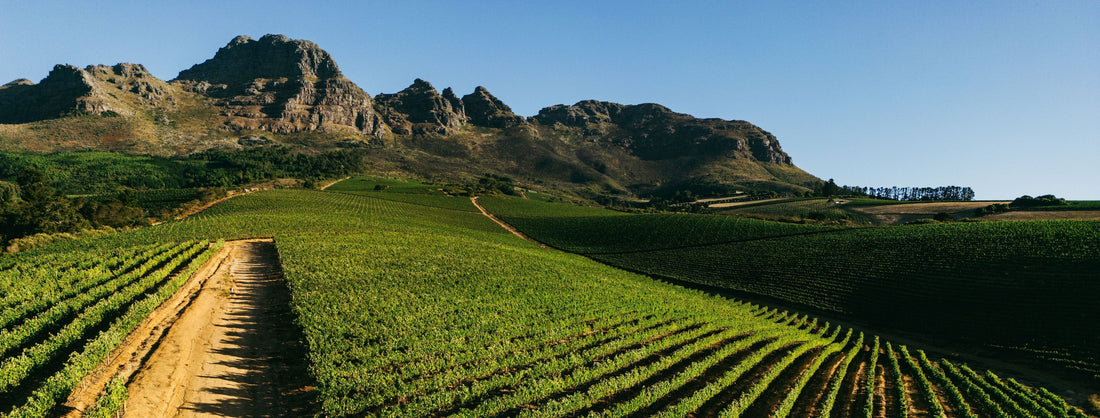
A History of the South African Wine Industry
Share
A History of the South African Wine Industry
The story of South African wine stretches back more than three and a half centuries, making it the oldest of the so-called “New World” wine regions. It begins at the Cape of Good Hope in the mid-17th century, when the Dutch East India Company established a settlement to provide fresh produce and supplies to ships travelling between Europe and Asia. In 1655, Governor Jan van Riebeeck ordered the planting of the first vineyards at the Cape, recognizing wine’s value as both a commodity and a source of nutrition for sailors. By 1659, the very first Cape wine was pressed and recorded in Van Riebeeck’s diary.
The fledgling industry grew slowly until the arrival of the French Huguenots in the late 1600s. These Protestant refugees, fleeing religious persecution in France, brought valuable knowledge of viticulture and winemaking. They settled in areas such as Franschhoek (“French Corner”), Stellenbosch, and Paarl, where they laid the foundations for some of South Africa’s most enduring wine estates. Under their influence, the quality of Cape wines began to improve, and vineyards expanded.
One of the Cape’s most remarkable early successes was Constantia wine, produced at the Groot Constantia estate established by Governor Simon van der Stel in 1685. This luscious, naturally sweet wine made from Muscat grapes gained legendary status in the 18th and 19th centuries. It was prized in the royal courts of Europe, praised by poets and authors such as Jane Austen and Charles Dickens, and famously shipped to Napoleon Bonaparte during his exile on St. Helena. Constantia’s success gave the Cape global prestige and showed the potential of its terroir.
The industry, however, was not without difficulties. As vineyards expanded through the 18th and 19th centuries, inconsistent quality, oversupply, and limited export markets became recurring problems. The arrival of phylloxera, a devastating vine louse, in the late 1800s brought further crisis, wiping out vast swathes of vineyards. Farmers replanted with American rootstocks to combat the pest, but recovery was slow, and production often outstripped demand.
In 1918, in response to economic hardship and instability, wine farmers banded together to form the Koöperatieve Wijnbouwers Vereniging van Zuid-Afrika (KWV). The KWV became a powerful force, regulating planting, fixing prices, and stabilizing the market. While this control ensured survival through tough decades, it also encouraged a focus on bulk production rather than fine wine. By the mid-20th century, South Africa’s wine reputation was largely domestic, with limited international recognition.
The Apartheid era further isolated the industry. From the 1960s to the 1980s, global sanctions and boycotts cut South African wines off from many key export markets. While some producers continued to experiment with quality winemaking, the industry as a whole was held back by both political and structural limitations. Yet during this time, important milestones still occurred, including the development of Pinotage in 1925, a uniquely South African red grape created by Professor A.I. Perold by crossing Pinot Noir with Cinsaut (then called Hermitage). Though controversial in style at first, Pinotage would later become a signature grape and symbol of the country’s innovation.
The end of Apartheid in the early 1990s marked a turning point. As South Africa rejoined the global economy, its wines re-entered international markets. A new generation of winemakers embraced modern techniques, reduced yields, and focused on terroir-driven wines. At the same time, international investment flowed in, and South African wines began to appear on the shelves and wine lists of Europe, North America, and beyond.
South Africa’s natural diversity became one of its greatest strengths. The Cape Winelands, lying in the Western Cape, benefit from a Mediterranean climate, cooling ocean breezes, and varied soils that allow for a wide range of grape varieties. Regions such as Stellenbosch, Franschhoek, Paarl, Robertson, and the historic Constantia Valley established themselves as benchmarks for quality. More recently, Swartland has emerged as a hub of innovation, with small, independent producers championing old vines, minimal intervention, and distinctive styles.
Today, South Africa is consistently ranked among the top ten wine-producing countries in the world, exporting to over 100 markets. It is internationally celebrated for its vibrant Chenin Blancs, elegant Cabernet Sauvignons and Bordeaux blends, fresh Sauvignon Blancs, and, of course, its unique Pinotage. Alongside these, sparkling wines made in the traditional method, known locally as MCC (Méthode Cap Classique), have won global acclaim.
The modern South African wine industry balances heritage with innovation. Many estates proudly trace their roots back centuries, while younger winemakers experiment boldly with natural winemaking, sustainability, and niche varieties. This blend of old and new, combined with a commitment to both quality and accessibility, has given South African wine a unique identity. From its humble beginnings in the 17th century to its renaissance in the 21st, the industry has endured hardship, transformation, and rebirth to become one of the most dynamic wine-producing nations in the world.

